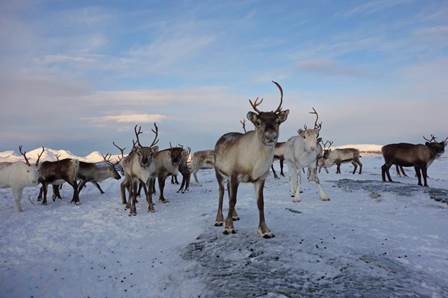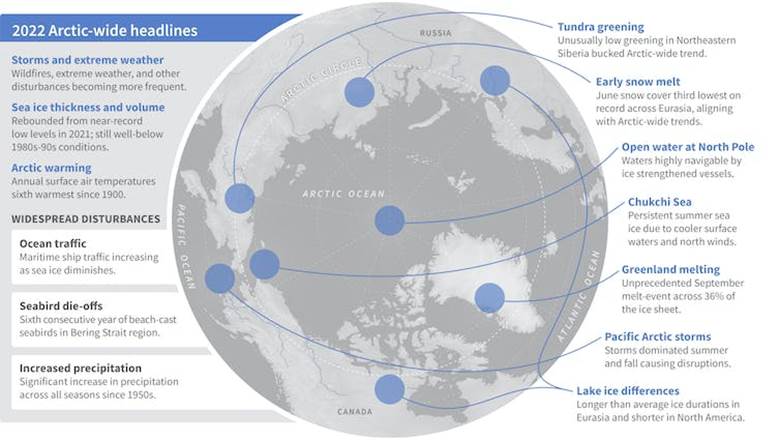Free Courses Sale ends Soon, Get It Now


Free Courses Sale ends Soon, Get It Now



Copyright infringement not intended
Context: Nearly 150 experts from 11 nations compiled this year’s assessment of Arctic conditions, the Arctic Report Card, which NOAA has produced since 2006. This year’s report card was issued in Chicago at a conference of the American Geophysical Union, the society of earth, atmospheric and oceanic scientists.
Details:

.jpg)
© 2024 iasgyan. All right reserved